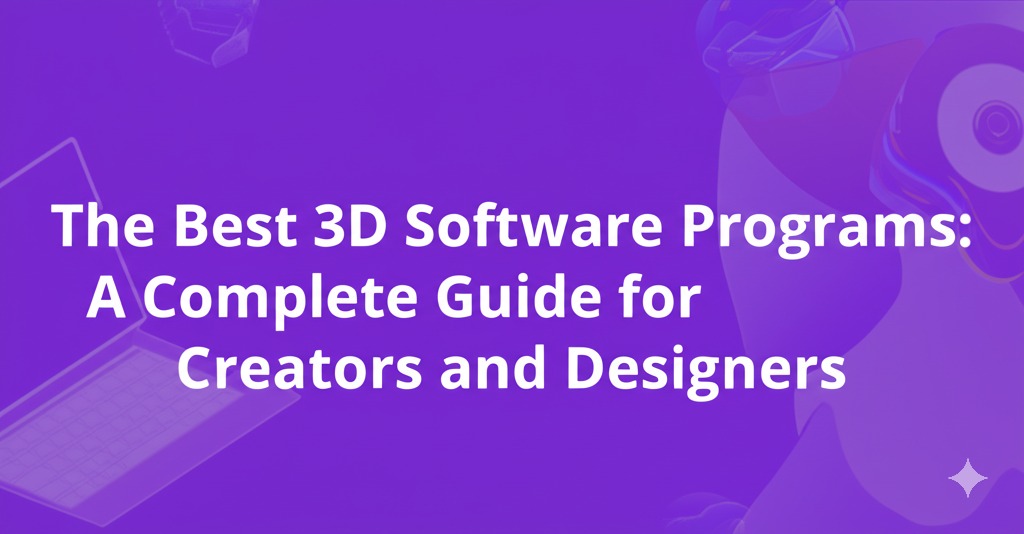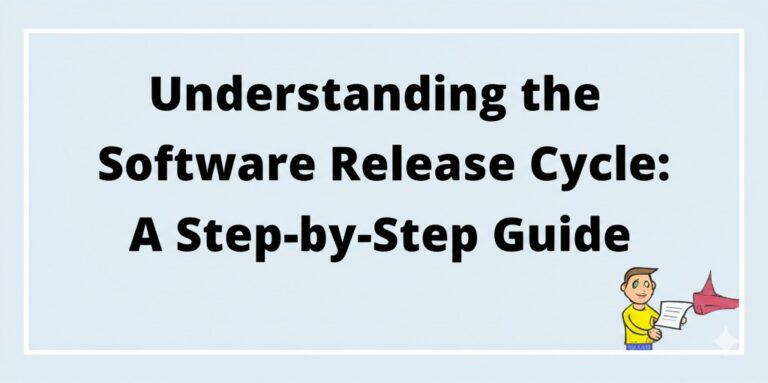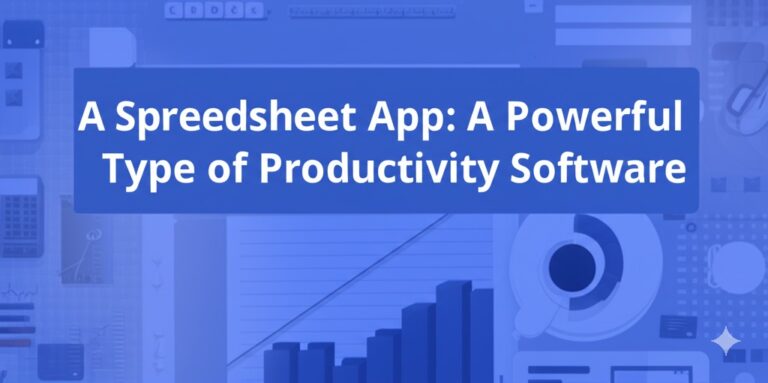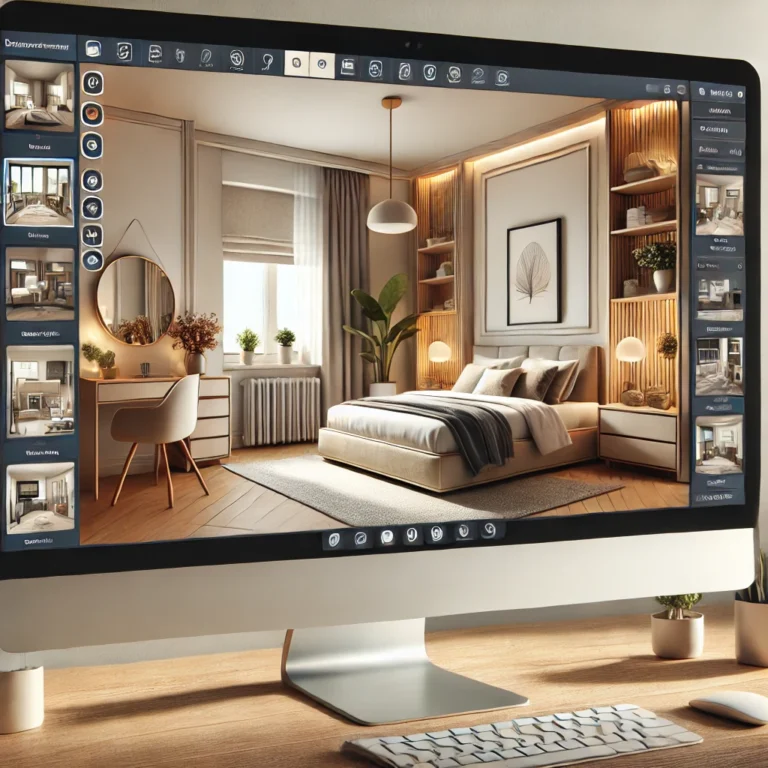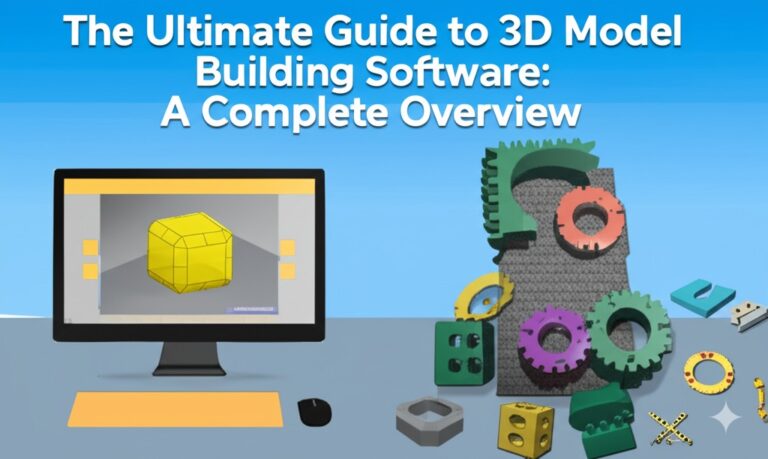The Best 3D Software Programs: A Complete Guide for Creators and Designers
In today’s digital age, 3D software programs have become essential tools in industries ranging from film and gaming to engineering and architecture. Whether you’re a professional designer, an aspiring 3D artist, or a hobbyist exploring the world of digital modeling, choosing the right software can make all the difference.
But with so many options available—each with its own strengths and learning curve—how do you know which one is right for you?
In this guide, we’ll explore the top 3D software programs on the market, breaking down their features, best uses, and who they’re perfect for. Whether you’re sculpting characters, designing prototypes, or animating environments, there’s a tool tailored for your needs.
What Is 3D Software?
3D software refers to computer programs that enable users to create, model, animate, and render three-dimensional objects or environments. These tools allow for:
- 3D modeling – building digital representations of objects
- Texturing – adding colors, patterns, and materials
- Animation – making objects move or interact
- Rendering – producing photorealistic images or videos
From virtual reality simulations to product design, 3D software has become the backbone of modern digital creation.
Top 3D Software Programs in 2025
Let’s dive into the leading programs, including both free and paid options, to help you find the best fit for your project.
1. Blender (Free & Open Source)
Blender is a favorite among indie developers, artists, and even professionals due to its versatility and zero cost.
Key Features:
- Full suite for modeling, sculpting, texturing, rigging, animation, and rendering
- Integrated game engine and VFX tools
- Frequent updates and a passionate global community
Best For: Artists on a budget, indie game developers, VFX hobbyists
Pros:
- Free and open-source
- Tons of tutorials and community plugins
- Capable of producing studio-level results
Cons:
- Steeper learning curve for beginners
2. Autodesk Maya
Maya is an industry-standard for 3D animation and visual effects. Used by major studios like Pixar and ILM, it offers deep customization and powerful features.
Key Features:
- Advanced character rigging and animation tools
- Seamless integration with other Autodesk products
- Trusted by film, TV, and AAA game studios
Best For: Professional animators and VFX artists
Pros:
- Unmatched animation and rigging capabilities
- Industry-wide recognition
- Powerful scripting with MEL and Python
Cons:
- Expensive subscription model
- Requires a high-performance machine
3. Autodesk 3ds Max
3ds Max is another Autodesk product, geared more toward architecture, engineering, and product design.
Key Features:
- Detailed modeling tools and CAD integration
- Photorealistic rendering with Arnold
- Popular in architectural visualization and mechanical design
Best For: Architects, engineers, industrial designers
Pros:
- Intuitive interface for modeling
- High-quality visualization tools
Cons:
- Windows-only software
- Less focus on animation compared to Maya
4. Cinema 4D
Cinema 4D is known for its clean interface and ease of use, making it a go-to for motion graphics artists.
Key Features:
- Seamless integration with Adobe After Effects
- Intuitive motion graphics and MoGraph tools
- Fast and stable rendering engine
Best For: Motion graphics designers and multimedia creators
Pros:
- Beginner-friendly UI
- Excellent for broadcast graphics and animation
Cons:
- Subscription can be costly
- Not as feature-rich in sculpting or rigging
5. ZBrush
If sculpting is your focus, ZBrush is the undisputed king. It’s used for creating highly detailed models in film and game industries.
Key Features:
- Advanced sculpting and painting tools
- Can handle millions of polygons
- Ideal for creating complex characters and creatures
Best For: Character designers, digital sculptors, concept artists
Pros:
- Industry-leading sculpting software
- Massive detail capabilities
Cons:
- Not ideal for general modeling
- Unique UI can be confusing at first
6. SketchUp
Perfect for architects and interior designers, SketchUp is user-friendly and great for creating quick 3D concepts.
Key Features:
- Fast and intuitive modeling tools
- Extensive library of free 3D models (3D Warehouse)
- Ideal for construction and landscape projects
Best For: Architects, interior designers, urban planners
Pros:
- Easy to learn
- Excellent for conceptual and presentation work
Cons:
- Limited animation and sculpting features
- Paid version needed for advanced tools
Choosing the Right 3D Software for Your Needs
When selecting a 3D software program, consider the following:
Your Purpose
Are you designing video game assets, animating films, or drafting architectural plans? Your use case will determine the best tool.
Skill Level
Some programs, like Blender and SketchUp, are more beginner-friendly. Others, like Maya or ZBrush, may require formal training or tutorials.
Budget
While Blender is completely free, many top-tier tools like Maya and Cinema 4D require subscriptions. Always balance cost with functionality.
System Requirements
Ensure your hardware can support the software. Some applications demand high-performance GPUs and plenty of RAM.
Final Thoughts: Bring Your 3D Ideas to Life
Whether you’re a beginner learning the ropes or a seasoned pro working on your next big project, the right 3D software can unlock your creative potential. Each program has its own strengths, so take the time to evaluate which one fits your workflow, goals, and budget.

Zain Jacobs is a writer for TheNetUse, providing in-depth reviews, tips, and insights on the latest software apps to help users maximize their digital experience.

